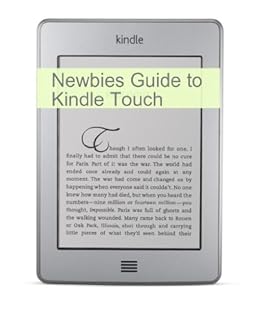
If I had planned to use CSS, I probably would have also inserted a element to a stylesheet file. I left the section empty, although I could have inserted a element (whose absence doesn’t seem to have affected the book). Listing 1 reveals a very basic format, which I adopted after studying the Guide sample in the samples.zip file associated with the KindleGen tool. Listing 1: Excerpted content from quiz.html. True or false: Java is partly patterned after the C and C++ languages. Oracle acquired Java as part of its acquisition of Sun Microsystems on True or false: The Java language was developed by Oracle. Listing 1 presents an excerpt from this file (reformatted for readability). I found Chapter 3 “General Formatting Guidelines” to be very helpful.įinally, I started to write the book by creating a quiz.html file to house the quiz and populating it with questions and answers. Next, I obtained the Amazon Kindle Publishing Guidelines to learn more about the formatting rules for a Kindle book. However, Amazon doesn’t let you sell PDF-based books on its website, so why bother? Given these limitations, you might consider creating a great-looking PDF-based book, which Kindle supports.
#KINDLE PREVIEWER WINDOWS 7 CODE#
Two reasons for the difficulty: older devices don’t support newer features, and different devices have different screen resolutions, which makes it hard to keep code from wrapping across lines (and looking horrible). It’s difficult (if not impossible) to create a technical Kindle book with code listings, tables, and other useful features that look great on all Kindle devices. I opted to follow the low-level approach so that I could have complete control over formatting and learn the basic structure of any Kindle book. The low-level approach involves working directly with HTML, CSS, and using the KindleGen tool. The high-level approach involves using a Word processor such as Microsoft Word and a tool such as MobiPocket Creator. There are two basic approaches to writing a Kindle book: high-level and low-level. This format prevents distraction from seeing multiple questions on a screen, and provides immediate feedback concerning the answer. Instead, I organized the book as follows:įor the quiz part of the book, I chose a format where I’d present a single question on a screen and present its answer on the following screen. Also, I avoided the traditional chapter format, which didn’t lend itself to the book I had in mind, essentially a single-chapter book. I decided to call my book The BIG Java Quiz.

I needed to answer a few questions before I could starting writing: what would be the book’s title, how should I organize the book, and should I adopt a high-level or a low-level approach to writing it? I’d finally found an under-developed category to exploit, and decided to write a book that quizzes the reader on Java language concepts.

I wanted something different and explored Amazon’s website, reading the descriptions and reviews of various Java ebooks.ĭuring my exploration, I entered search keywords Java quiz and received a single search result. What kind of Java book should I create? There are many different Java books out there and rehashing the same old “Introducing Java” formula probably wouldn’t attract much interest. Furthermore, my experience with the Java language and platform convinced me to target Java. Then again, perhaps a Shrek-oriented satire of such a romance might prove profitable (and be worth a few laughs).īecause I’m much more interested in technology, a tech book is right up my alley and I decided to focus on creating this kind of book. I thought about writing fiction, such as a trendy vampire romance like some of Amanda Hocking’s best-selling offerings, but disqualified myself because I don’t have the slightest idea on how vampires romance each other. Figuring out the book’s theme was the hardest part in writing my book.


 0 kommentar(er)
0 kommentar(er)
